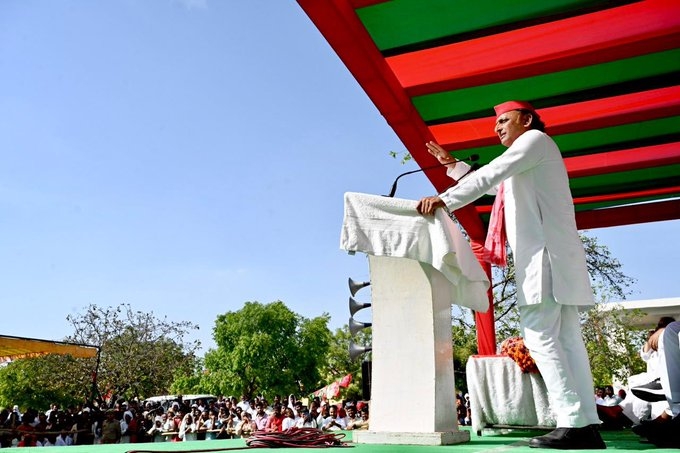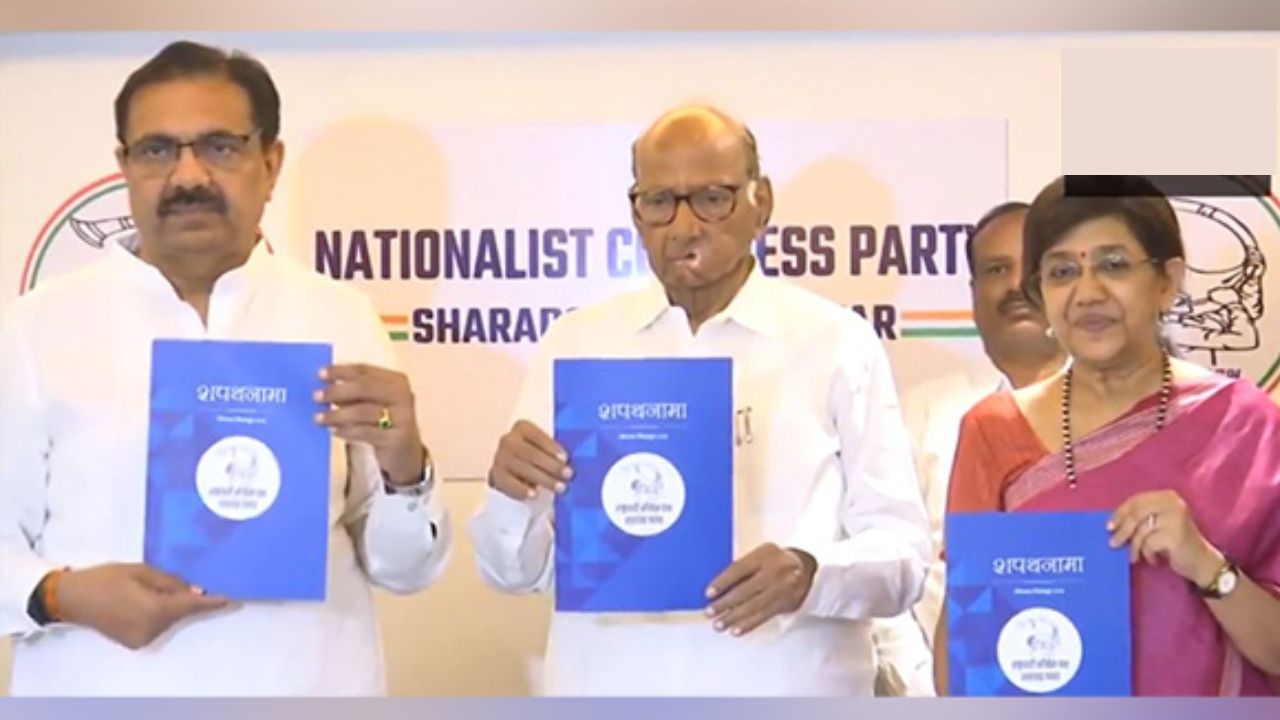Forget banks. Govt of India has bad assets worth Rs 8.16 lakh crore

Non-performing assets (NPAs) of Indian banks has been the buzzword for over a year now. But what seems to have been under the radar is the Government of India's own toxic assets – those on books but not in the treasury – that is almost similar to the size of the banks NPAs.
Check this out:
– banks' stressed assets (non-performing / restructured): Rs 9.64 lakh crore, as of December 2016.
– Taxes under dispute for the government: Rs 8.16 lakh crore, as of January 2017.
In principle, the two figures mentioned above are not comparable but a symbolic parallel can be drawn. They are telling about the sorry state of finances of the two establishments.
A high bad amount limits an entity’s ability to deliver better, efficient and cheaper services to its consumers. In the case of a bank, the consumers are the depositors and borrowers. For the government, the consumers are the people of the country, who miss out on desired benefits.
In case of banks, bad loans wipe off profitability and capital, forcing them to be selective in lending to new customers. Also, they affect the how the prevailing interest rate regime of the country is transmitted.
The banks needs support from owners, which in India's case is mostly the Centre. Thus, the government's ability to spend on productive or welfare schemes is also curtailed.
Similarly, in the case of the government, a high amount of taxes under dispute affects its finance management.
In a country like India, where the government borrows money to meet its day-to-day expenditure, the problem gets compounded.
Also, it never tells the actual financial position of public money.
The big problem
There were 42,322 cases of disputed high-demand direct tax – those worth at least Rs 10 lakh – in 2013-14. The total amount under such disputes was Rs 2.75 lakh crore.
In the case of indirect taxes (Rs 10 crore or more) 11,818 cases were pending, totalling to Rs 1.13 lakh crore.
The two amounts add up to Rs 3.88 lakh crore. To put things into perspective, the total net tax collection (after transfer to states) was Rs 8.15 lakh crore that year.
The total disputed amount was almost half of the total net tax revenue of the government.
Ironically, the government tries to collect these taxes (dispute resolution, settlement, speedy hearing of cases) is very poor.
In 2016-17, total tax demand that is being challenged by assessees has increased by 110%. Till January 2016-17, the demand of taxes, both direct and indirect, has increased to Rs 8.16 lakh crore or 75% of the revised net tax collection estimate for 2016-17.
The comparison with net tax collection figure is just an attempt to put things into perspective as disputes are carried forward every year and does not necessarily represent the amount for a particular financial year.
The story does not end here. In a written reply to a member’s question, finance minister Arun Jaitley says that he does not have data on government’s effort of collecting these pending taxes. “No such data is maintained,” government replies in query that asks for information on government’s success in realizing the pending taxes for last three years.
Systematic fault
One of the parameters for judging government finances is fiscal deficit – how low is the deficit between the government’s earnings and expenditure. However, the actual accounts or estimates (revised and budgeted) presented before the Parliament do not reflect the true picture of government finances.
If one takes into account the disputed tax amount (demand raised but not realised) the government of India’s deficit would be much larger than what is being presented. It would also show an even poorer picture at the state level.
So where does the fault lie? It lies in the accounting system of government finances.
As per the government accounting rules in India, revenue or expenditure is recognised on the cash basis and not on an accrual basis.
In cash basis, as soon as the demand for tax is raised, it is recognised as tax revenue and it does not take into account whether actual money is deposited with the department or bank or treasury.
In accrual revenue recognition, the revenue is booked in accounts only when the counterparty obliges the demand.
The twelfth and thirteenth finance commission had favoured the accrual basis of accounting for government finances. The Government of India had approved the recommendation in-principle but no major progress has been made so far in this regard.
Edited by Jhinuk Sen
First published: 18 March 2017, 15:16 IST






![BJP's Kapil Mishra recreates Shankar Mahadevan’s ‘Breathless’ song to highlight Delhi pollution [WATCH] BJP's Kapil Mishra recreates Shankar Mahadevan’s ‘Breathless’ song to highlight Delhi pollution [WATCH]](http://images.catchnews.com/upload/2022/11/03/kapil-mishra_240884_300x172.png)

![Anupam Kher shares pictures of his toned body on 67th birthday [MUST SEE] Anupam Kher shares pictures of his toned body on 67th birthday [MUST SEE]](http://images.catchnews.com/upload/2022/03/07/Anupam_kher_231145_300x172.jpg)






